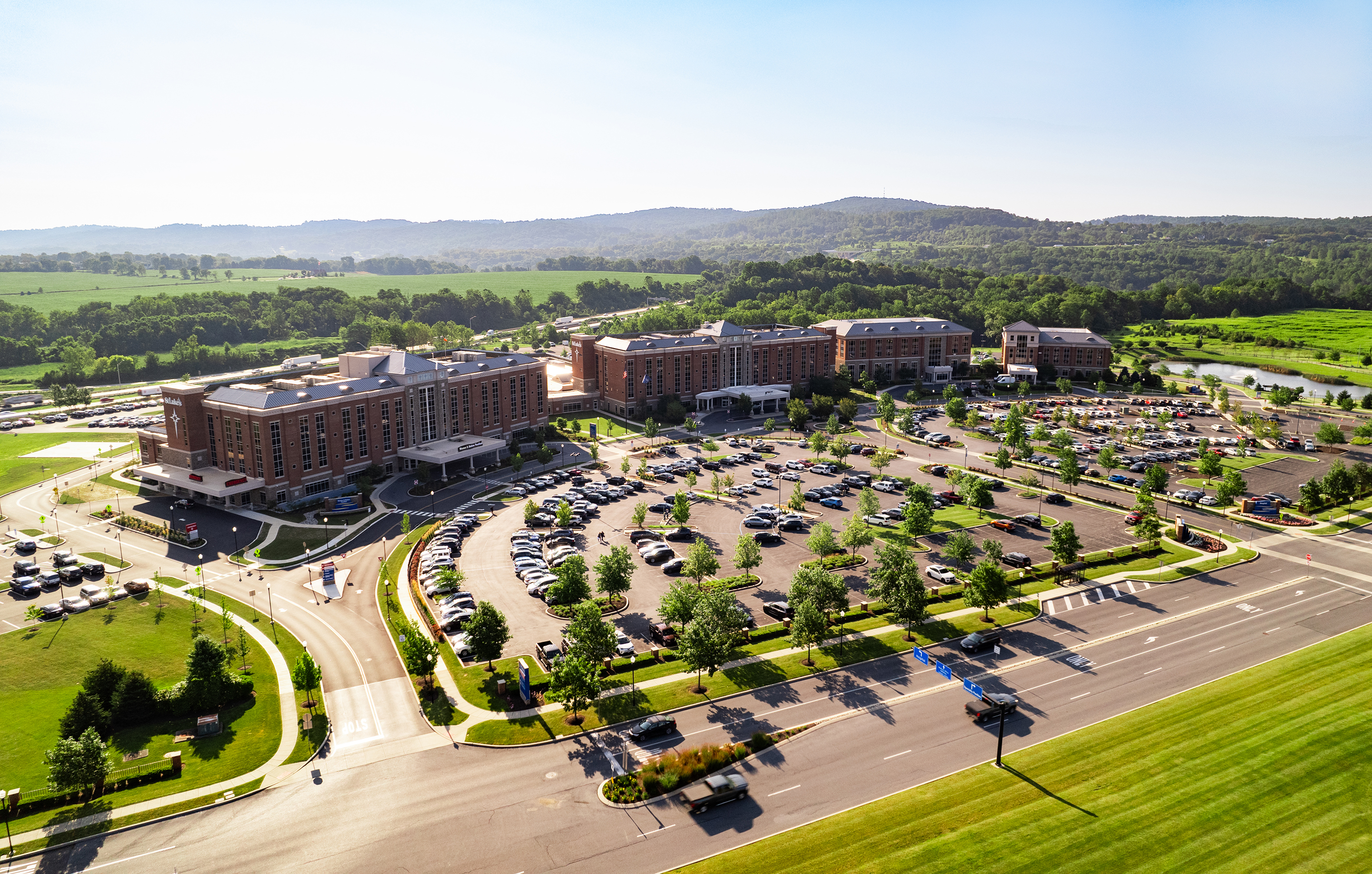Marine Credits SLUHN Pain Specialist for Getting Him Back on His Feet
June 10, 2024

Thomas McKelvey
Thomas McKelvey, 74, of Coopersburg, has suffered from chronic low back pain caused by arthritis and other issues for years. “It was a gradual thing when I was in my 30s,” McKelvey says. “With age, it got progressively worse. As I got older, it started to deteriorate to the point that it would be horrible just to walk.”
Over the years, physical and other therapies helped some but not a great deal. For a while he wore a brace. “I also had some superficial injections that took away the pain but only for a short time,” McKelvey recalls. “It would always seem to come back.”
More than 10 years ago, McKelvey, who lives on a 3-acre property next to Flint Hill Farm, started seeing Scott Loev, DO, Medical Director of St. Luke’s Spine & Pain Associates in Quakertown. After thorough evaluation, which included exams and diagnostic studies, Dr. Loev recommended diagnostic blocks and eventually radiofrequency ablation (RFA), which offered long-term relief.
A Marine Corps veteran who likes to remain active, McKelvey believes Dr. Loev’s management of his back pain has made all the difference in the world. “There’s no doubt in my mind I would be bedridden if it weren’t for Dr. Loev,” he says.
McKelvey’s wife of 30 years, Jacqueline, agrees. “It’s made a huge improvement for him,” she says.
‘Maintenance required’
McKelvey says his back issue, like an automobile, requires continuous maintenance. A fall about a year ago did not help either, he says. “But thanks to my treatments, I can basically do everything that I want to do,” says McKelvey, who worked for 45 years in heavy construction, 25 of those as a general contractor. McKelvey owns a 4,500-square-foot rental property in Ocean City, Maryland, and spends the off-season fixing things and making improvements. He also enjoys boating on his 25-foot Sea Ray and rock fishing in the Chesapeake.
Dr. Loev explains that McKelvey had low back pain but no pain into his legs. He underwent two diagnostic blocks with positive responses that made him a good candidate to proceed with RFA. The effects of RFA can last from nine months to years and can be repeated, if necessary, Dr. Loev says. McKelvey has had to repeat the radiofrequency ablations and the response has been positive, Dr. Loev notes.
Dr. Loev explains that before considering a lumbar radiofrequency ablation, he performs a clinical exam and may recommend the patient undergo a diagnostic procedure to temporarily block the medial branch nerve to identify the source of pain. A lumbar RFA is a procedure that uses radio waves to stop the lumbar medial branch nerve from transmitting pain signals from the facet joint. The facet joint is like any other joint in the body that can cause pain. In McKelvey’s case, it is a structure at the back of each vertebra that can lead to back pain, Dr. Loev says. The procedure calls for a needle to be inserted through the skin and guided with X-ray to the correct site overlying the medial branch nerve.
“Truthfully, I have nothing but good things to say about Dr. Loev because he’s gotten me out of pain,” McKelvey says.
Read More NewsLatest News


April 10, 2025
National Recognition for SLUHN Graduate Medical Education

April 09, 2025
In Safe Hands Award

April 08, 2025